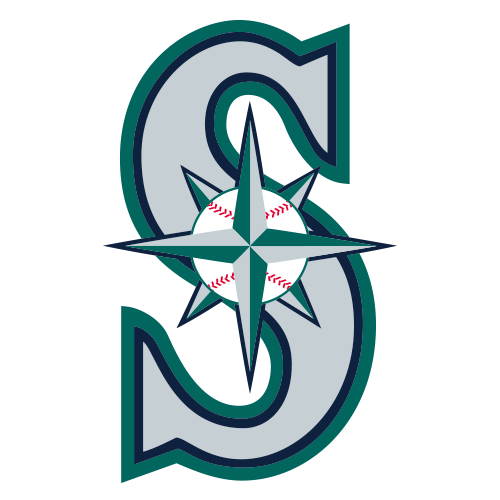
Chicago White Sox

Seattle Mariners
(-120/+100)-285
On August 7, 2025, the Seattle Mariners will host the Chicago White Sox at T-Mobile Park in an intriguing matchup as the teams continue their series. The Mariners, sitting at 62-53, are having an above-average season, while the White Sox are struggling significantly with a record of 42-72. Notably, the Mariners took the first game of the series yesterday, adding to the White Sox’s woes.
Logan Gilbert is projected to take the mound for Seattle, and he’s been performing at an elite level this season, ranking as the 14th best starting pitcher in MLB according to advanced metrics. With a solid ERA of 3.45 and a promising 2.41 xFIP, Gilbert is likely to improve as the season progresses. He projects to pitch around 6.2 innings today, allowing just 1.7 earned runs and striking out 8.3 batters, which bodes well for the Mariners’ chances.
In contrast, Shane Smith is set to start for Chicago. Although his ERA of 4.25 is above average, he has struggled this season, holding a 3-7 record over 19 starts. Smith’s projections suggest he will pitch only 4.9 innings, allowing 2.5 earned runs while striking out just 4.8 batters on average. This disparity in performance between the two starting pitchers could heavily influence the game’s outcome.
Offensively, the Mariners rank 10th in MLB, showcasing a potent lineup that excels in power with the 3rd most home runs this season. The White Sox offense, on the other hand, is ranked 29th, highlighting their struggles to generate runs consistently. With the betting lines favoring the Mariners heavily at -275, they are expected to dominate this matchup, and their implied team total of 4.65 runs reflects that confidence.
Chicago White Sox Insights
- Shane Smith – Over/Under 15.5 Pitching Outs (+150/-195)Recording 14.4 outs per outing this year on average, Shane Smith ranks in the 13th percentile.Explain: A pitcher who averages more outs per start than his Outs prop may be a good bet to go over, and visa-versa for the under.
- Lenyn Sosa – Over/Under 0.5 Hits (-185/+145)Lenyn Sosa has primarily hit in the back-half of the batting order this year (71% of the time), but he is projected to hit 2nd in the lineup in today’s game.Explain: The higher in the order a player bats, the more plate appearances he will get and the more opportunities he will get to hit the Over for every market. A player who hits higher in the order than he normally does may provide extra value opportunity since the market may be based on him hitting lower.
- Curtis Mead – Over/Under 0.5 Total Bases (-115/-115)Curtis Mead has a 92nd percentile opposite-field rate on his flyballs (36.4%) and has the good fortune of hitting them in the direction of the league’s 4th-shallowest RF fences in today’s game.Explain: This player’s skill set matches up particularly well with the park he’s in today, which may lead to better-than-usual performance.
Seattle Mariners Insights
- Logan Gilbert – Over/Under 8.5 Strikeouts (+115/-150)Logan Gilbert’s change-up percentage has jumped by 6.7% from last season to this one (13.4% to 20.1%) .Explain: Because change-ups are one of the most effective pitches to use, a pitcher who alters his pitch mix to use more of them will often see more success as a result.
- Cal Raleigh – Over/Under 1.5 Total Bases (+120/-155)Cal Raleigh has been hot lately, raising his seasonal exit velocity of 91.6-mph to 99.9-mph in the past week.Explain: Hitting the ball hard increases the chances of either a home run or the ball landing in fair territory for a hit before a fielder can get to it.
- Seattle Mariners – Moneyline (-285)The Seattle Mariners projected lineup projects as the best of the day in terms of overall offensive skill.Explain: A pitcher who faces a strong opposing offense will be more likely to underperform his usual performance, particularly in terms of hits and runs, in that game.
Betting Trends
- Over/Under 7.0 Game Total (-120/+100)The Seattle Mariners have hit the Game Total Over in 58 of their last 105 games (+10.70 Units / 9% ROI)
- Chicago White Sox – Run Line +1.5 (+115)The Chicago White Sox have hit the Run Line in 54 of their last 91 games (+10.30 Units / 9% ROI)
- Mitch Garver – Over/Under 0.5 Singles (+185/-245)Mitch Garver has hit the Singles Over in 6 of his last 10 games at home (+7.05 Units / 70% ROI)
